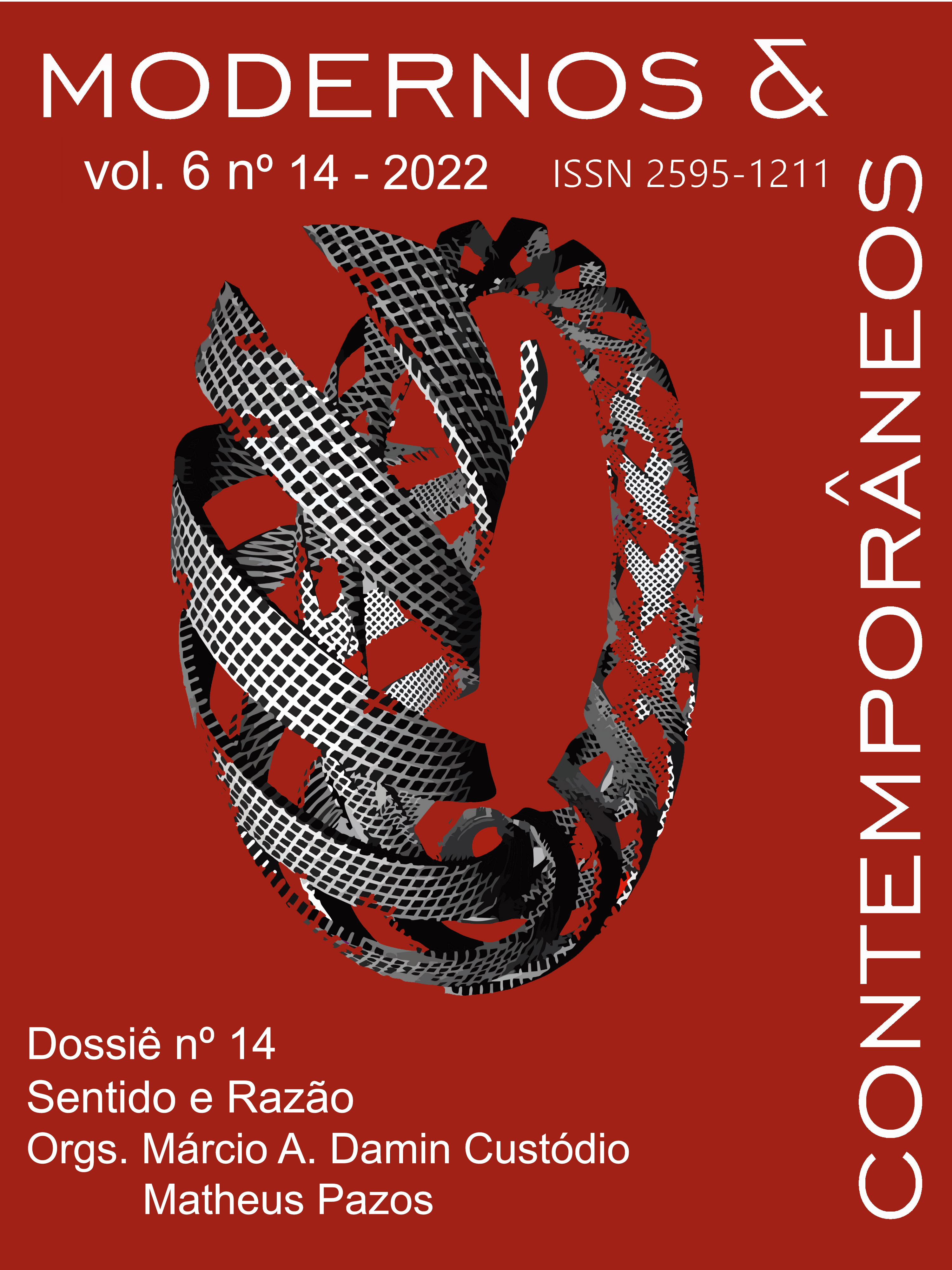Nirvāṇa e o corpo: a hermenêutica da libertação
Nirvāṇa and the body: the hermeneutics of liberation
Abstract
It is the second article of five that studies the notion of nirvāṇa experience interpreted and classified as teachings in the form of concepts (dharma). In Buddhist literature there is the class of Abhidharma as a structured conceptual record from the time of the historical Buddha (V B.C.). The fundamental structure of exposition of the conceptual schemes is given by the Four Noble Truths. The study of this article turns to the body as materiality and as sensoriality and the impact of nirvana experience over it. But also verifies the complexity of the translation of the terms that classify the phenomena (dharmas) as: pure and impure, virtuous and vicious, conditioned and unconditioned, under the name of “body” elements. The complexity of the translation is due to the context of the Indian Buddhist record and the Roman Catholic Christian record under the terms kuśala and veris
pieta, both translated as virtue. It then moves on to an explanation of the effects of the experience of nirvāṇa that can be felt from meditation as suppression by non-discursive concentration. Finally, it prepares the way for future studies of the faculties (indriya) and the impact of the experience of nirvāṇa on them.
Keywords: body, nirvāṇa, abhidharma, Vasubandhu, virtue, experience
Downloads
Published
How to Cite
Issue
Section
License
Copyright (c) 2022 Plínio Marcos Tsai

This work is licensed under a Creative Commons Attribution-NonCommercial-ShareAlike 4.0 International License.
Política para Periódicos de Acesso Livre
Aos autores(as) que tencionam submeter suas obras e publicá-las na revista Modernos & Contemporâneos, não será, sob hipótese alguma, cobrado qualquer tipo de taxas, sendo tais procedimentos inteiramente gratuitos.
Autores(as) que publicam nesta revista concordam com os seguintes termos:
a) Todas as obras publicadas na Modernos & Contemporâneos [ issn 2595-1211 ] encontram-se licenciadas com uma Licença Creative Commons Atribuição-NãoComercial-CompartilhaIgual 4.0 Internacional.
b)Autores(as) têm autorização para assumir contratos adicionais separadamente, para distribuição não-exclusiva da versão do trabalho publicada nesta revista (ex.: publicar em repositório institucional ou como capítulo de livro), com reconhecimento de autoria e publicação inicial nesta revista.
c)Autores(as) têm permissão e são estimulados a publicar e distribuir seu trabalho online (ex.: em repositórios institucionais ou na sua página pessoal), com reconhecimento de autoria e publicação inicial nesta revista, já que isso pode gerar alterações produtivas, bem como aumentar o impacto e a citação do trabalho publicado (Veja O Efeito do Acesso Livre)


